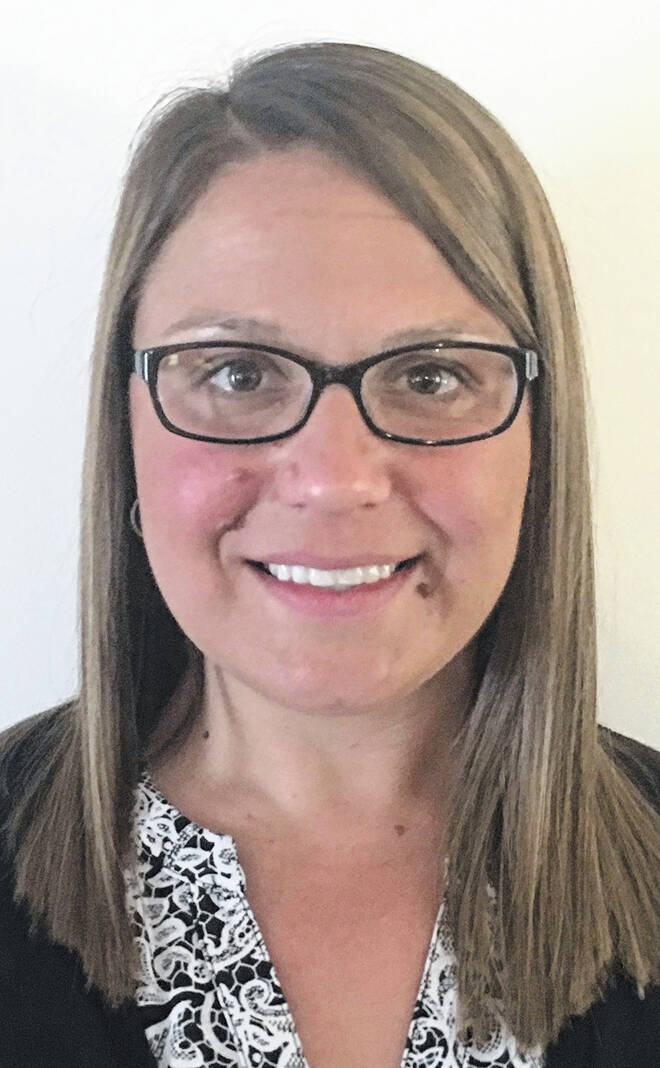
What is breast cancer?
Breast cancer is a cancer that all women are at risk of developing during their lifetime. In the United States breast cancer is the second most common cancer among women (Centers for Disease Control and Prevention, 2022). Breast cancer occurs when cancer cells grow in the breast tissue.
There are three different parts of the breast where cancer can develop the lobules, ducts, or connective breast tissue. The lobules are the milk producing glands in the breast. Milk is carried to the nipple during breast feeding via the ducts in the breast. The remainder of the breast tissue is called the connective breast tissue and consists of the fatty and fibrous tissue (CDC, 2022).
What are the different types of breast cancer?
Invasive ductal carcinoma and invasive lobular carcinoma are the two most common types of breast cancer. Paget’s disease, medullary, mucinous, inflammatory breast cancer and ductal carcinoma situ are other types of breast cancer that are less common (CDC, 2022).
What are symptoms of breast cancer?
• Lump in the breast or armpit
• Swelling in the breast
• Dimpling of the breast
• Irritation of the breast tissue
• Nipple redness or flaky skin on the nipple
• Nipple pain
• Nipple that is pulling inward
• Nipple discharge not including breast milk
• Changes in the shape or size of the breast
• Breast pain or discomfort
What are risk factors for breast cancer?
• There is an increased risk for women over the age of 50
• The genetic mutation BRCA1 and BRCA2 increases the risk for ovarian and breast cancer
• Starting menstrual period prior to the age of 12 and starting menopause after age 55
• Dense breasts
• Personal or family history of breast or ovarian cancer
• History of radiation to the breast or the chest
• Exposure to the drug diethylstilbestrol (a drug used years ago to prevent miscarriage in pregnant women)
• Not being physically active
• Obesity
• Hormone replacement therapy
• Drinking alcohol
• Reproductive history that includes not breastfeeding, first pregnancy after the age of 30 and women with no history of a full-term pregnancy
What can I do to reduce my risk of breast cancer?
• Maintain a healthy weight
• Stay active
• Exercise routinely
• Limit alcohol consumption
• Breastfeeding
• Talk to your provider about your risks if you are on hormone replacement therapy or birth control
• Consider the BRCA1 and BRCA2 gene testing if you have a family history of breast cancer
What are the breast cancer screening recommendations?
• Monthly self-breast exams
• Clinical breast exam by your provider
• Per the American Cancer Society women aged 40-44 can have routine mammogram screenings yearly if they chose to. Women ages 45-55 should have routine mammogram screenings yearly. Women 55 and older should have mammogram screenings every two years (American Cancer Society, 2022).
Fayette County Public Health offers well woman exams through our Reproductive Health and Wellness Clinic with late hours available to meet the needs of patients. Call the office to today if you would like to schedule an appointment (740-335-5910).


